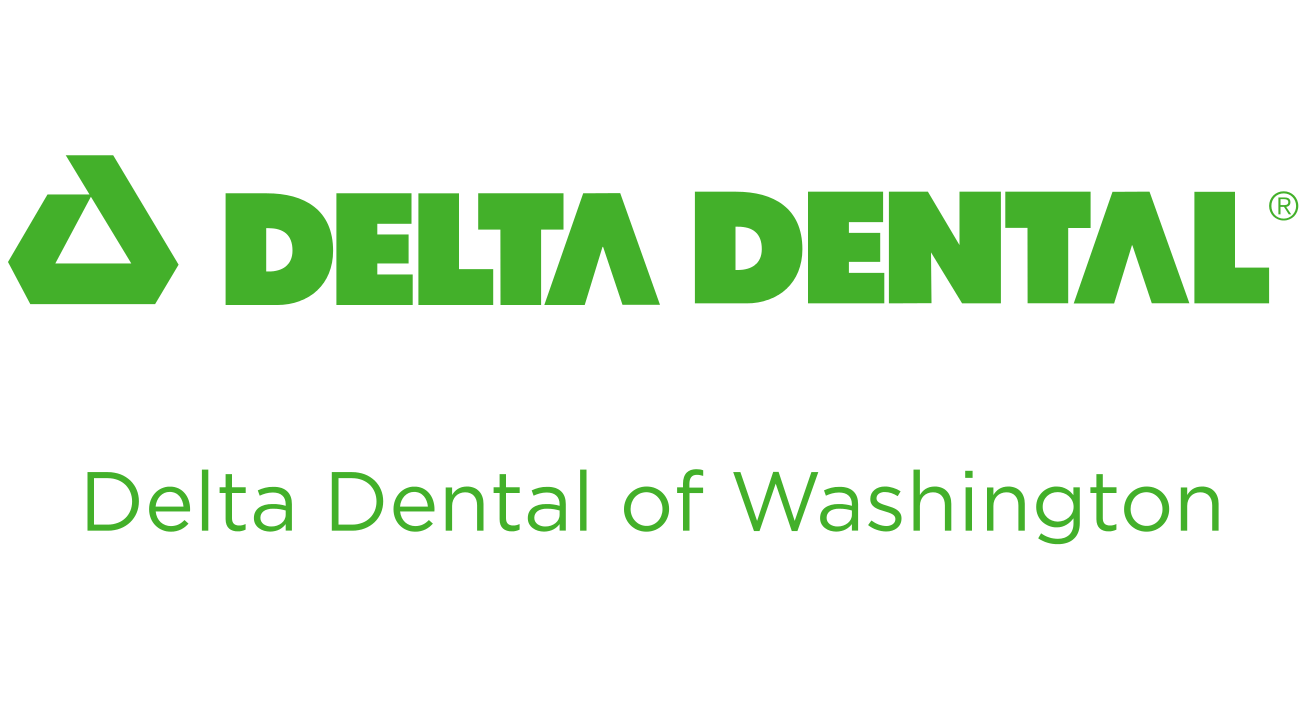In the United States, virtually every type of insurance, from health insurance to auto coverage, incorporates some sort of cost-sharing element. But what is cost-sharing when related to dental insurance?
Let's break down the details of what cost-sharing means, how it works, and why it's beneficial for both you and your insurance plan carrier.
Looking for dental benefits? We offer a variety of plans for individuals and families with different cost-sharing options to fit your needs.
Looking for dental benefits? We offer a variety of plans for individuals and families with different coverage options to fit your needs.
Get Your Quote
What Is Cost-Sharing?
Cost-sharing in dental insurance means that you and your insurance plan have each agreed to pay a specific portion of your medical expenses over the course of the year. When you sign up for a dental plan, you enter into an agreement that should make it clear how much each party is responsible to pay.
The amounts you agree to pay for covered dental services are called your out-of-pocket costs, and will either be a fixed dollar amount (a deductible or copayment) or a percentage of the cost of the treatment (coinsurance). Your insurance plan would pay for the rest. (We'll discuss more about what deductibles, copayments, and coinsurance mean later in this article.)
Cost Sharing - Insurance Definition
Cost-sharing is a structure in which your insurance plan pays for a portion of covered services, while you pay out-of-pocket for the rest.
It's important to keep in mind, however, that cost-sharing only applies to covered services. If you receive a treatment or procedure that isn't covered by your dental insurance plan, you'll have to pay for those medical expenses on your own.
What's more, cost-sharing can also be affected by where you receive treatment. If you seek dental care from out-of-network providers (even if it's covered by your insurance), you'll generally be responsible for greater out-of-pocket costs than if you make sure to stick with in-network providers only.
What Is the Main Purpose of Cost Sharing?
The purpose of cost-sharing insurance is just that: to share the costs of your medical care. This can help save money.
While this may sound like it only benefits the insurance carrier, it also benefits those on their plans. But keeping their own costs in check, an insurance company is able to provide monthly premiums at a lower rate.
Cost-sharing structures also offer more options, so you can find a plan that suits your individual needs
You may opt for higher monthly premiums but have lower cost-sharing when you do receive dental services. This can be a great option for people who know they're going to need more extensive care than just twice-yearly cleanings or the occasional filling.
On the other hand, if your teeth are healthy, then a lower premium with higher cost-sharing might be a better fit. You'll save money on your monthly payment and likely won't have to worry about needing or paying for many expensive services.
How Does Cost-Sharing Work? Understand These Out-of-Pocket Costs.
The first thing you probably think of when it comes to the cost of dental insurance is the monthly premium. This is the fixed rate that patients pay insurance carriers each month in exchange for their coverage. While this is an important part of what you pay for dental insurance, it's not considered a part of cost-sharing. Monthly premiums are solely out-of-pocket expenses.
Once you pay the monthly premium, however, that's when cost-sharing comes into play. There are three different types of cost-sharing in dental insurance: deductibles, copayments, and coinsurance.
Deductible
Your deductible is the set yearly dollar amount you must pay directly to your dentist for covered services before your insurance plan begins to pay. Annual deductibles generally range between $25 and $100.
The great news is that certain services, such as preventative treatments, are often not included as part of your deductible requirement. This means you can receive your twice-yearly cleanings and related services (exams, X-rays, and fluoride) without any deductible costs.
Copayment
After you pay any deductible you have, that's when your dental insurance kicks in. But there are still out-of-pocket expenses to consider. Like deductibles, copayments (more commonly called copays) are predetermined flat rates you have to pay for dental office visits and/or particular treatments.
Plans with built-in copayments often have cheaper monthly premiums but cover a smaller portion of service costs (or may not cover them at all). If you have an insurance plan with a copay, the amount you pay for each service is fixed — regardless of whether the actual cost of treatment is more or less.
Coinsurance
Instead of fixed copays, benefits carriers often apply a coinsurance cost. The way this works is that the dental insurance company will cover a specific percentage of the allowable cost of restorative and major dental services (fillings, crowns, root canals, non-surgical extractions, etc). The remaining percentage — the coinsurance — is what the patient has to pay directly to their dentist.
Depending on the service, it's common to pay anywhere between 20% and 50% of the total cost of the procedure. The lower your coinsurance, the higher your monthly premium will typically be. Many people prefer to pay a slightly higher monthly fee to avoid getting hit with larger bills for services later.
Other things to keep in mind: Annual maximum and out-of-pocket maximum
Though not part of cost-sharing, another thing to keep in mind is the annual maximum, which is part of many dental insurance plans. Usually between $1,000 and $2,000 a year, the plan's annual maximum is the total amount your insurance carrier will pay towards your dental services in a single benefit period.
Unlike most health insurance plans, dental insurance doesn't come with an out-of-pocket maximum for the patient. If you've reached your plan's annual maximum and you still need additional care, anything further would have to be paid by you out-of-pocket and there's no cap or limit on what that amount could be.
How to Make the Most of Dental Insurance and Cost-Sharing
The best the way to take advantage of your dental insurance is to make sure that you're going to all of your preventative dental exams, which should come at very little or no extra cost to you. Should a problem arise that needs additional attention, don't put it off. Addressing issues early is the best way to save yourself money. Left untreated, something as simple and relatively inexpensive as a cavity could easily turn into the need for a root canal and hundreds of dollars out-of-pocket.
Looking for dental benefits? We offer a variety of plans for individuals and families with different cost sharing options to fit your needs.
Get Your Quote












